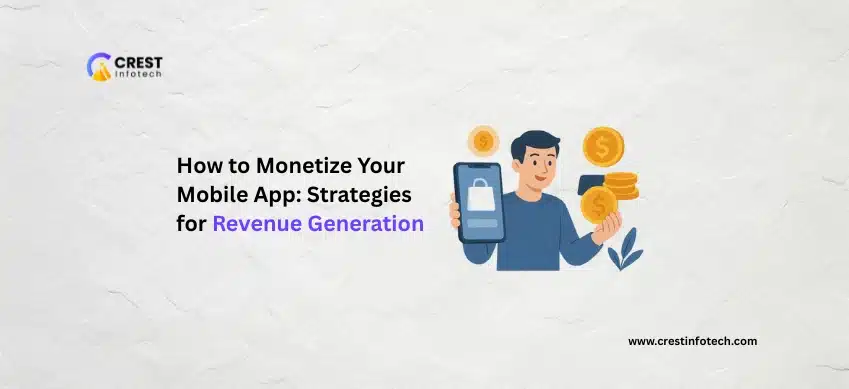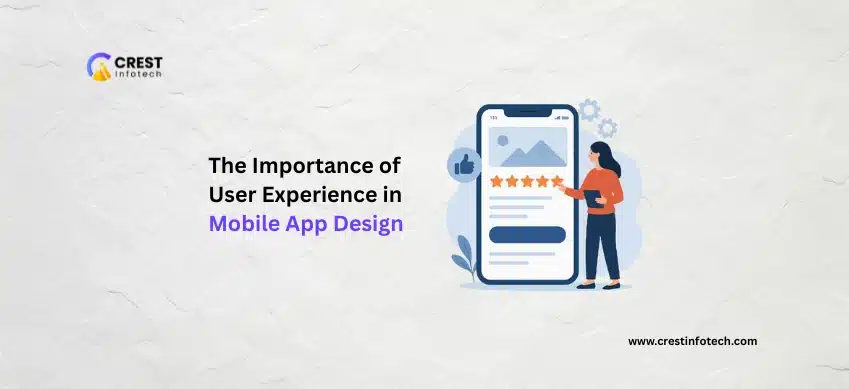Creating a successful mobile app is only part of the journey — monetizing it effectively is what ensures long-term sustainability. Whether you’ve built a utility, game, or productivity app, there are multiple proven strategies to turn your app into a revenue-generating machine. This guide breaks down the best monetization methods and when to use them.
Why App Monetization Matters
Without a monetization plan, even the most beautifully built apps can struggle to survive. Developers need to cover costs, fund updates, and generate profits. Whether your goal is a side income or full-fledged business, understanding monetization models will help you make smarter, scalable choices.
Popular App Monetization Strategies
-
In-app advertising: Display ads using networks like AdMob or Meta Audience Network
-
In-app purchases (IAP): Sell digital items, content, or currency
-
Freemium model: Offer basic features for free, charge for premium
-
Paid app downloads: Charge upfront for access to your app (less common today)
1. In-App Advertising
Ads are easy to implement and work well in free apps with high traffic.
-
Banner Ads: Persistent ads shown on screen edges
-
Interstitial Ads: Fullscreen ads between content/screens
-
Rewarded Video Ads: Users watch ads to unlock features or rewards
Use platforms like AdMob or Unity Ads to get started quickly.
2. In-App Purchases (IAP)
IAPs are ideal for games and apps offering extra features or content.
// Example: Unlock premium level
if (user.purchases.includes("premium_level")) {
showPremiumLevel();
}
-
Consumables – e.g., coins, lives, hints (used up after purchase)
-
Non-consumables – e.g., one-time feature unlock
-
Subscriptions – Recurring access to content/services
3. Subscription Model
Subscriptions provide recurring revenue and are perfect for media, fitness, or productivity apps.
-
Offer monthly, quarterly, or annual payment plans
-
Provide exclusive content or tools only for subscribers
Use services like RevenueCat to manage subscriptions across platforms.
4. Freemium with Upgrade Path
Freemium apps let users try before buying, encouraging long-term engagement.
-
Free version should provide value — not a crippled experience
-
Use upsells and feature-locks to nudge upgrades
Great for productivity apps, SaaS tools, and learning platforms.
5. Paid App Downloads
Charging upfront is less common but works well with a strong brand or niche audience.
-
Set clear value proposition on store listing
-
Support with updates and premium content
-
Great for tools, games, or offline apps
Choosing the Right Monetization Strategy
There’s no one-size-fits-all solution. Choose based on your app type, audience behavior, and goals. Many successful apps use a combination of ads, IAPs, and subscriptions to diversify income. Start with one model and iterate based on analytics and feedback.
Final Thoughts
Monetizing your mobile app is essential to scaling and sustaining your development. With strategic planning and experimentation, you can generate reliable income while providing value to users. Pick a model that aligns with your vision and always optimize based on user behavior.



